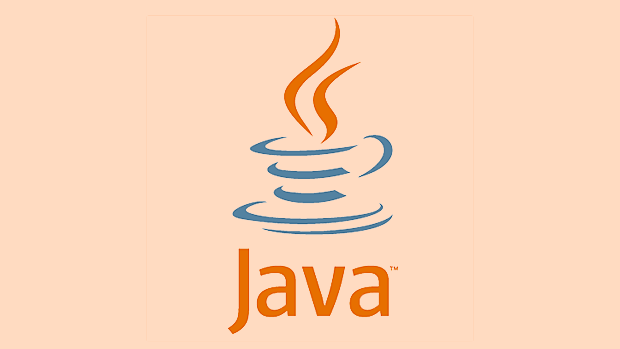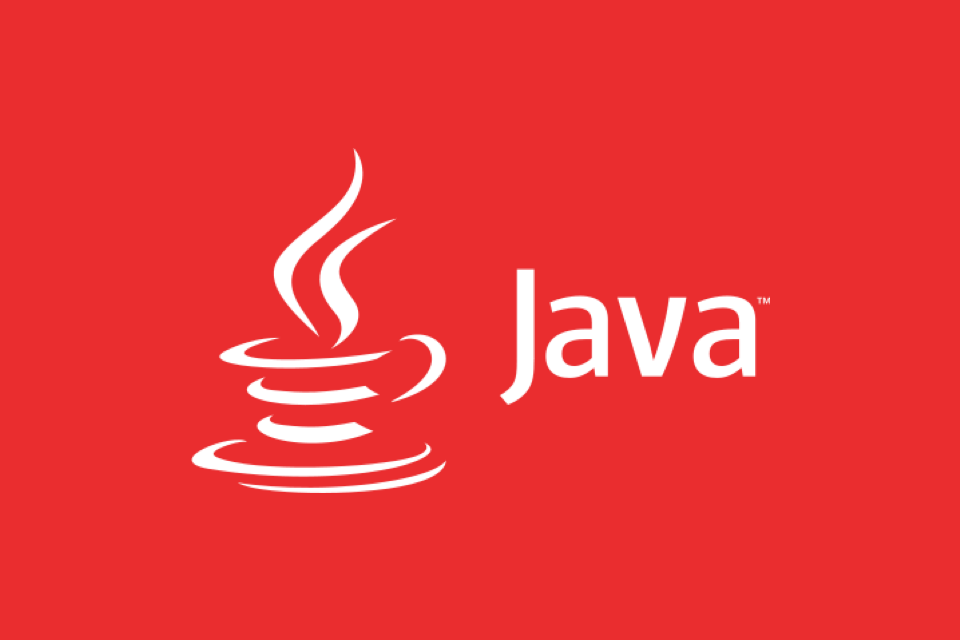When encountering NullPointerException, you need to confirm the occurrence location first, and find the specific class and line number according to the exception stack; then avoid direct access to objects that may be null, and use if judgment or Optional wrappers; check the object creation and assignment process to ensure the initialization is correct; finally, use the IDE and tools to discover potential null references in advance. The core steps are positioning the problem → judge null → ensure initialization → tool prevention.

Don't panic when encountering NullPointerException (NPE). This is a common problem in Java. To put it bluntly, you used a null object. It's not difficult to solve it, the key is to find where null comes from.

1. Confirm where the null pointer occurs
First, look at the error message. The exception stack will tell you the class and line number of the problem. for example:
java.lang.NullPointerException at MyClass.myMethod(MyClass.java:20)
Description Line 20 attempts to call a method or property of a null object. At this time, you need to check which objects are used on that line, and whether it is possible that they will be used before they are initialized.

For example:
String s = maybeGetString(); // This method may return null int len = s.length(); // NPE is thrown here
If maybeGetString() returns null, then calling length() is done.

2. Avoid direct access to objects that may be null
The most common way is to determine whether it is null before using the object:
if (s != null) {
int len = s.length();
} You can also use Optional provided by Java 8 to wrap the possible null value and reduce direct calls:
Optional<String> opt = Optional.ofNullable(maybeGetString()); opt.ifPresent(s -> System.out.println(s.length()));
However, note that Optional does not completely avoid NPE, but only helps you express your intentions more clearly.
3. Check the object creation and assignment process
Many times NPE is because the object is not initialized correctly. For example:
- Use the method parameters without verification
- Dependency injection failed but not processed
- Database query returns null but no judgment
So you need to look back and see how the variables come about. for example:
MyService service = getMyService(); // If null is returned service.doSomething(); // Something will happen here
Can be changed to:
MyService service = getMyService();
if (service == null) {
throw new IllegalStateException("Service not initialized");
}Or make sure that the necessary objects have values in the constructor.
4. Use IDE and tools to assist troubleshooting
Today's IDEs (such as IntelliJ IDEA, Eclipse) can prompt possible null references during the encoding stage. For example, IDEA will add a warning where you may access null.
You can also use annotations to indicate which parameters or return values are not allowed to be null:
@Nullable
public String maybeGetString() { ... }
@NotNull
public String mustGetString() { ... }In this way, the IDE will remind you in advance when you used something that should not be null.
In general, the core idea of solving NullPointerException is: locate the problem where it is → judge null → ensure initialization → use tools to prevent .
Basically that's all, it looks simple but it's easy to ignore details.
The above is the detailed content of How to fix NullPointerException in Java?. For more information, please follow other related articles on the PHP Chinese website!

Hot AI Tools

Undress AI Tool
Undress images for free

Undresser.AI Undress
AI-powered app for creating realistic nude photos

AI Clothes Remover
Online AI tool for removing clothes from photos.

Clothoff.io
AI clothes remover

Video Face Swap
Swap faces in any video effortlessly with our completely free AI face swap tool!

Hot Article

Hot Tools

Notepad++7.3.1
Easy-to-use and free code editor

SublimeText3 Chinese version
Chinese version, very easy to use

Zend Studio 13.0.1
Powerful PHP integrated development environment

Dreamweaver CS6
Visual web development tools

SublimeText3 Mac version
God-level code editing software (SublimeText3)

Hot Topics
 Difference between HashMap and Hashtable?
Jun 24, 2025 pm 09:41 PM
Difference between HashMap and Hashtable?
Jun 24, 2025 pm 09:41 PM
The difference between HashMap and Hashtable is mainly reflected in thread safety, null value support and performance. 1. In terms of thread safety, Hashtable is thread-safe, and its methods are mostly synchronous methods, while HashMap does not perform synchronization processing, which is not thread-safe; 2. In terms of null value support, HashMap allows one null key and multiple null values, while Hashtable does not allow null keys or values, otherwise a NullPointerException will be thrown; 3. In terms of performance, HashMap is more efficient because there is no synchronization mechanism, and Hashtable has a low locking performance for each operation. It is recommended to use ConcurrentHashMap instead.
 Why do we need wrapper classes?
Jun 28, 2025 am 01:01 AM
Why do we need wrapper classes?
Jun 28, 2025 am 01:01 AM
Java uses wrapper classes because basic data types cannot directly participate in object-oriented operations, and object forms are often required in actual needs; 1. Collection classes can only store objects, such as Lists use automatic boxing to store numerical values; 2. Generics do not support basic types, and packaging classes must be used as type parameters; 3. Packaging classes can represent null values ??to distinguish unset or missing data; 4. Packaging classes provide practical methods such as string conversion to facilitate data parsing and processing, so in scenarios where these characteristics are needed, packaging classes are indispensable.
 How does JIT compiler optimize code?
Jun 24, 2025 pm 10:45 PM
How does JIT compiler optimize code?
Jun 24, 2025 pm 10:45 PM
The JIT compiler optimizes code through four methods: method inline, hot spot detection and compilation, type speculation and devirtualization, and redundant operation elimination. 1. Method inline reduces call overhead and inserts frequently called small methods directly into the call; 2. Hot spot detection and high-frequency code execution and centrally optimize it to save resources; 3. Type speculation collects runtime type information to achieve devirtualization calls, improving efficiency; 4. Redundant operations eliminate useless calculations and inspections based on operational data deletion, enhancing performance.
 What are static methods in interfaces?
Jun 24, 2025 pm 10:57 PM
What are static methods in interfaces?
Jun 24, 2025 pm 10:57 PM
StaticmethodsininterfaceswereintroducedinJava8toallowutilityfunctionswithintheinterfaceitself.BeforeJava8,suchfunctionsrequiredseparatehelperclasses,leadingtodisorganizedcode.Now,staticmethodsprovidethreekeybenefits:1)theyenableutilitymethodsdirectly
 What is an instance initializer block?
Jun 25, 2025 pm 12:21 PM
What is an instance initializer block?
Jun 25, 2025 pm 12:21 PM
Instance initialization blocks are used in Java to run initialization logic when creating objects, which are executed before the constructor. It is suitable for scenarios where multiple constructors share initialization code, complex field initialization, or anonymous class initialization scenarios. Unlike static initialization blocks, it is executed every time it is instantiated, while static initialization blocks only run once when the class is loaded.
 What is the `final` keyword for variables?
Jun 24, 2025 pm 07:29 PM
What is the `final` keyword for variables?
Jun 24, 2025 pm 07:29 PM
InJava,thefinalkeywordpreventsavariable’svaluefrombeingchangedafterassignment,butitsbehaviordiffersforprimitivesandobjectreferences.Forprimitivevariables,finalmakesthevalueconstant,asinfinalintMAX_SPEED=100;wherereassignmentcausesanerror.Forobjectref
 What is the Factory pattern?
Jun 24, 2025 pm 11:29 PM
What is the Factory pattern?
Jun 24, 2025 pm 11:29 PM
Factory mode is used to encapsulate object creation logic, making the code more flexible, easy to maintain, and loosely coupled. The core answer is: by centrally managing object creation logic, hiding implementation details, and supporting the creation of multiple related objects. The specific description is as follows: the factory mode handes object creation to a special factory class or method for processing, avoiding the use of newClass() directly; it is suitable for scenarios where multiple types of related objects are created, creation logic may change, and implementation details need to be hidden; for example, in the payment processor, Stripe, PayPal and other instances are created through factories; its implementation includes the object returned by the factory class based on input parameters, and all objects realize a common interface; common variants include simple factories, factory methods and abstract factories, which are suitable for different complexities.
 What is type casting?
Jun 24, 2025 pm 11:09 PM
What is type casting?
Jun 24, 2025 pm 11:09 PM
There are two types of conversion: implicit and explicit. 1. Implicit conversion occurs automatically, such as converting int to double; 2. Explicit conversion requires manual operation, such as using (int)myDouble. A case where type conversion is required includes processing user input, mathematical operations, or passing different types of values ??between functions. Issues that need to be noted are: turning floating-point numbers into integers will truncate the fractional part, turning large types into small types may lead to data loss, and some languages ??do not allow direct conversion of specific types. A proper understanding of language conversion rules helps avoid errors.






